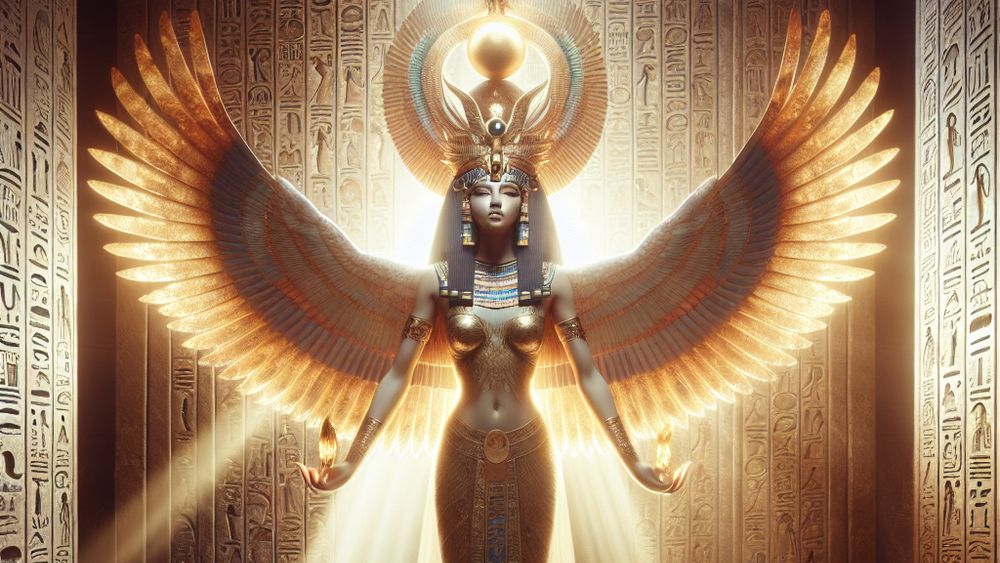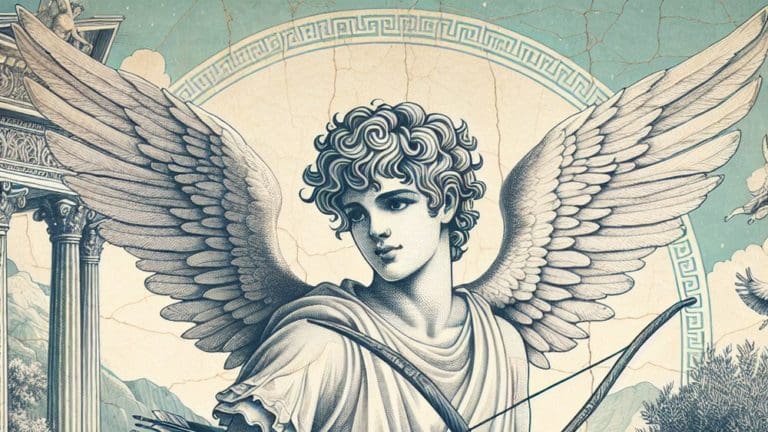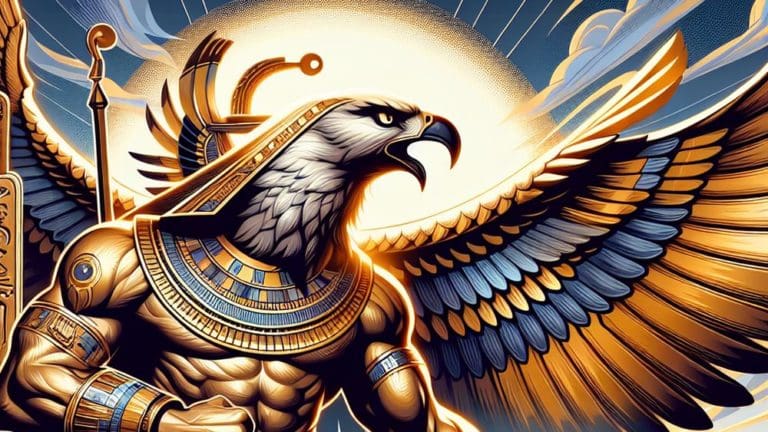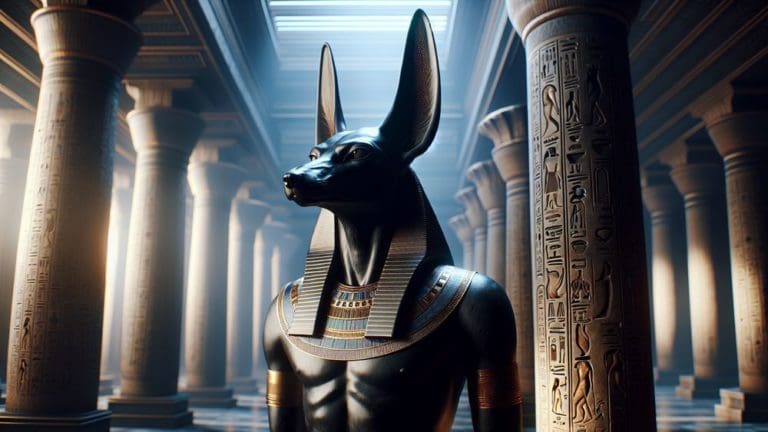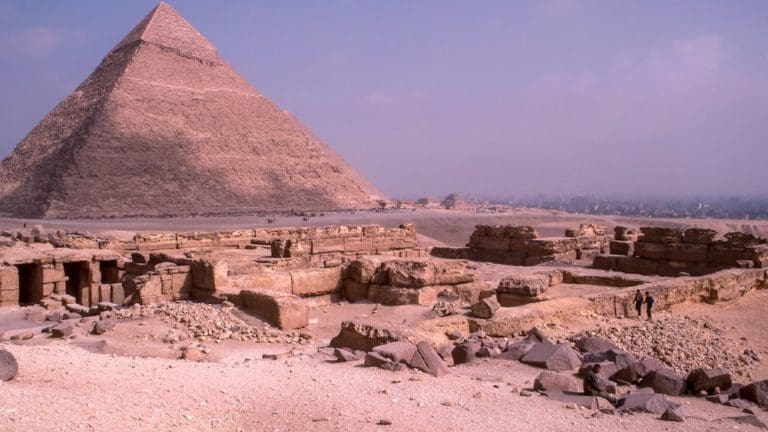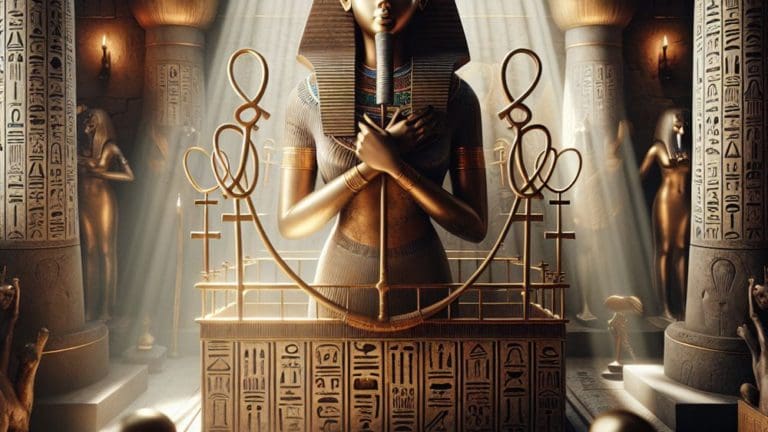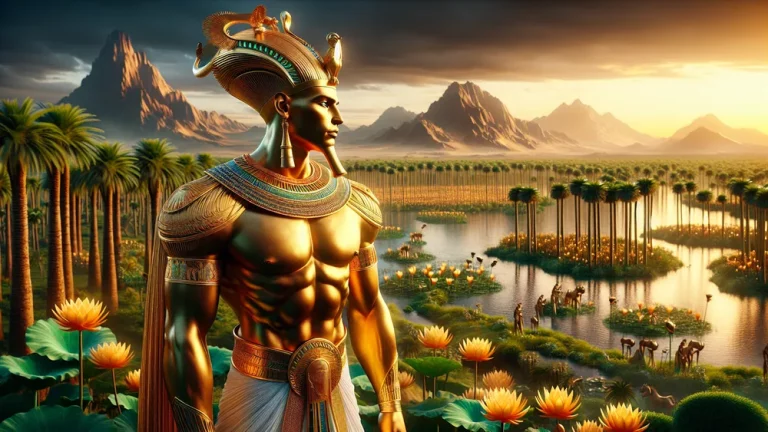Egyptian God Mut: The Divine Mother Of Ancient Egypt
Egyptian God Mut: The Divine Mother Of Ancient Egypt
Curiosity and excitement fill the air as we embark on a fascinating journey through the sands of time to unravel the mysteries surrounding the Egyptian god Mut, the Divine Mother of Ancient Egypt. Steeped in ancient history and mythology, Mut’s worship reflects the Egyptians’ complex belief system and their reverence for the powers governing life and death.
Key Points:
- Mut is the Divine Mother of Ancient Egypt, embodying creation, motherhood, and protection.
- She was a pivotal figure in the Egyptian pantheon, revered as the World Mother, Lady of Heaven, Eye of Ra, and Queen of the Goddesses.
- Mut’s worship centered in Thebes, where she was venerated as the mother goddess associated with primordial waters.
- Her role included being a divine mother, consort of Amun, protector of pharaohs, and symbol of unity for Egypt.
- Mut’s symbols included the double crown, vulture, and lioness, representing her sovereignty, protection, and strength.
- She possessed divine powers as the creator of life, protector of pharaohs, and embodiment of the waters of Nun.
- Temples dedicated to Mut, like in Karnak and Luxor, were hubs of celebration and veneration in ancient Egypt.
Imagine wandering through the great temples of Thebes, under the shadow of colossal statues, as whispers of the past tell tales of a goddess who was both mother and sky, protector and nurturer. This is a tale not just of a deity, but of the people, the culture, and the spiritual life that thrived in the heart of ancient Egypt.
The Origins and Worship of Mut
The worship of Mut, as a pivotal figure in the Egyptian pantheon, traces back to the Middle Kingdom, but her major cult centered in the New Kingdom at Thebes. She was initially the mother goddess associated with the primordial waters from which all life emerged.
The Name and Titles of Mut
The name Mut itself means mother, pointing directly to her role as a maternal figure, encapsulating the essence of nurturance and care. The names and titles bestowed upon her speak volumes about her significance and multifaceted nature in ancient Egyptian religion.
- “World Mother”: Emphasizing her role as the creator of all.
- “Lady of Heaven”: Underlining her aspect as the sky goddess.
- “Eye of Ra”: Highlighting her connection to the sun god Ra, and her protective and destructive powers.
- “Queen of the Goddesses”: Reflecting her standing among the deities.
Mut’s titles and names showcase her integral role in Egyptian belief, intertwining aspects of creation, motherhood, and protection.
Mut’s titles and names highlight her multifaceted nature and integral role in Egyptian belief, encompassing creation, motherhood, and protection.
Mut’s Role in the Egyptian Pantheon
Mut’s significant role in the Egyptian pantheon was as a divine mother, partner, and protector, tightly interwoven with the fabric of both the gods and the people’s lives.
- Divine Mother: Mut was revered as the mother of all, showcasing the Egyptians’ deep respect for the female principle of creation.
- Consort of Amun: As the wife of Amun, she formed part of the Theban Triad, along with their son Khonsu, symbolizing a holy family.
- Protector of Pharaohs: Her veneration by pharaohs underscored her role in legitimizing and protecting kingship.
- Symbol of Unity: Mut’s worship unified the lower and upper regions of Egypt, embodying the union of the two lands.
Her diverse roles illustrate the complex hierarchy and interrelation between the gods within the Egyptian pantheon, with Mut occupying a central, nurturing position.
Key Myths and Legends Surrounding Mut
Myths and legends encapsulate the diverse aspects of Mut, from her creation stories to her dynamic roles within the pantheon, offering deep insights into her powers and significance.

- Creation Myth: According to one legend, Mut emerged from the waters of Nun, the primordial sea, highlighting her origins and connection to the source of life.
- Mother of the Gods: In other tales, she is depicted as giving birth to the gods and goddesses, establishing her as a central motherly figure.
- Protector and Avenger: Stories recount how Mut protected her followers and unleashed her wrath upon their enemies, showcasing her dual nature of nurturance and destruction.
These myths and legends are not mere stories but reflections of the Egyptians’ beliefs, values, and understanding of the universe, with Mut as a pivotal figure guiding, protecting, and nurturing both gods and humans.
Symbols and Powers of Mut
The mysterious aura surrounding the ancient Egyptian goddess Mut is both fascinating and complex, woven from the threads of mythology and the tangible evidence found in the ruins of temples. As the mother goddess of Thebes, Mut held a position of great respect and authority, embodying the quintessence of maternal care, creation, and the cycle of birth and rebirth. Through the symbols and powers attributed to her, we gain insight into how the ancient Egyptians viewed the divine feminine and its critical role in both the cosmos and everyday life.
Iconography and Sacred Animals
In the vivid tapestry of ancient Egyptian religion, the iconography of Mut plays a crucial role in understanding her characteristics and reverence among the gods. Central to her depiction is the double crown, symbolizing her rule over both Upper and Lower Egypt, and reinforcing her status as a queen among goddesses. Her image is also frequently accompanied by the vulture, an animal revered for its maternal instincts, which further emphasizes Mut’s role as the divine mother.

- Double Crown: Represents sovereignty over all of Egypt
- Vulture: Symbolizes protection and maternal care
- Lioness: Highlights her association with strength and royalty
- White and Red Crown: Denotes unity and harmony in her role
Mut’s sacred animals, including the vulture and the lioness, not only showcase her protective and nurturing nature but also her ferocity in safeguarding her children. These symbols are gateways into understanding the duality of Mut’s character – as a life-giver and a protector.
Mut’s iconography, including the double crown, vulture, lioness, and white and red crown, symbolizes her dual nature as a nurturing mother and fierce protector.
Mut’s Divine Powers and Attributes
The divine powers and attributes of Mut are a reflection of her multifaceted roles in the ancient Egyptian pantheon, from the mother of gods to the force that embodies the primeval waters of Nun. Her dominion extends over the realms of the sky, symbolizing the infinite expanse of the universe, and the nurturing waters that gave life to everything.
- Creator of Life: Mut is often depicted as the source from which all life springs.
- Protector of Pharaohs: Her blessings were sought for the prosperity and stability of the kingdom.
- Embodiment of the Waters of Nun: Represents the chaotic waters from which the cosmos was created.
- Intercessor: Mut was believed to intervene on behalf of her devotees, offering guidance and protection.
These attributes underscore Mut’s significance not just as a figure of motherhood but as a central pillar in the ancient Egyptian belief system, intertwining her powers with the very essence of life and kingship.
The Temples and Cult Centers of Mut
The reverence for Mut was manifested in the grandeur of the temples and cult centers dedicated to her worship. These sacred structures were not just places of religious rituals but also served as pivotal hubs for social and political activities, reinforcing Mut’s paramount role in ancient Egyptian society.
| Location | Significance | Key Features |
|---|---|---|
| Karnak, Thebes | Main cult center of Mut | Massive statues, sacred lake, and the Chapel of Sekhmet |
| Luxor | Secondary worship site | Smaller temple adjacent to the complex of Amun-Re |
| Uaset, Dendera | Celebrated Mut’s aspects | Known for the depiction of Mut and other goddesses on temple walls |
These centers were the hubs of celebration and veneration, where Egyptians came to pay homage to Mut, seeking her blessings for fertility, health, and guidance. The temples, with their imposing architecture and detailed reliefs, continue to offer invaluable insights into how Mut was worshipped and perceived by the ancient Egyptians, echoing her enduring legacy.
FAQs
1. How was Mut worshipped in ancient Egypt?
In ancient Egypt, Mut’s worship was deeply entwined with the state religion and powerful rituals. Priests and priestesses overseen by a high priest known as the “God’s Wife of Amun” performed daily rituals in her name, offering food, prayers, and incantations to invoke her blessings for pharaohs and the Egyptian people. These ceremonies were not just about veneration but a dialogue with the divine, reflecting the Egyptians’ deep faith in Mut’s power to protect and nurture their land.
2. What are the most famous myths involving Mut?
The most famous myths involving Mut highlight her role as the mother goddess, creator of all. One prominent legend tells of Mut’s tears, from which the first humans were born, establishing her as a symbol of motherhood and creator of life. Another myth depicts her as the sky goddess, whose body forms the heavens, cradling the sun god Ra, illustrating her encompassing and protective nature over all of Egypt.
3. How did Mut’s role in the Egyptian pantheon evolve over time?
Mut’s role in the Egyptian pantheon saw profound evolution, from her origins as a local deity to becoming one of the most venerated goddesses throughout Egypt. Initially, her worship centered around Thebes, but over time, as her myths intertwined with those of other deities like Amun and Sekhmet, she became a pivotal figure representing motherhood, kingship, and the cycle of life. This evolution reflected the Egyptians’ fluid and inclusive beliefs, allowing her influence to permeate across different eras and regions.
4. Can you visit any temples dedicated to Mut today?
Yes, temples dedicated to Mut can still be visited today, offering a glimpse into the ancient Egyptians’ spiritual life. The most significant of these is the precinct of Mut at Karnak in Thebes, where her primary sanctuary stands as a testament to her worship. This complex, rich with statues, reliefs, and sacral architecture, allows visitors to traverse the grounds where priests and worshippers once walked, connecting with the divine essence of Mut in a profoundly historical and cultural context.
Conclusion
Exploring the mysterious and captivating realm of the Egyptian god Mut reveals much about how the ancient Egyptians viewed the cosmos, life, and the afterlife. From her worship practices to the rich tapestry of myths that encompass her being, Mut’s role within the Egyptian pantheon offers insight into the values and beliefs of an ancient civilization that continues to fascinate. As the divine mother of ancient Egypt, Mut’s legacy is a powerful reminder of the enduring nature of faith and the human yearning to understand the divine. Delving into the history and myths of the Egyptian god Mut not only enriches our knowledge of the past but also connects us to the universal threads of motherhood, protection, and creation that span cultures and millennia.
Thank you for joining me in this exploration of ancient mysteries and legends. May your curiosity always lead you to discover more about our shared human heritage.
Cedric

